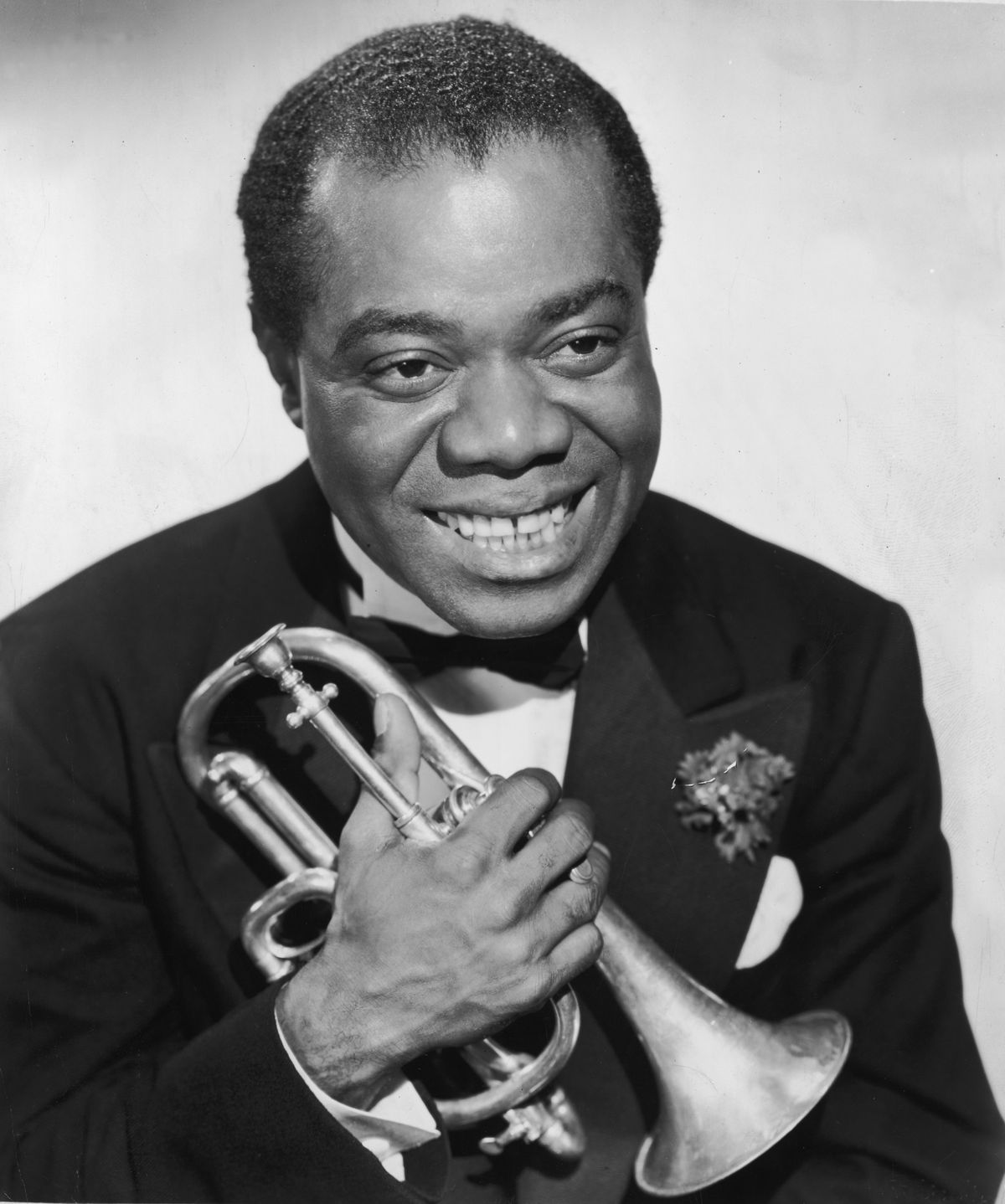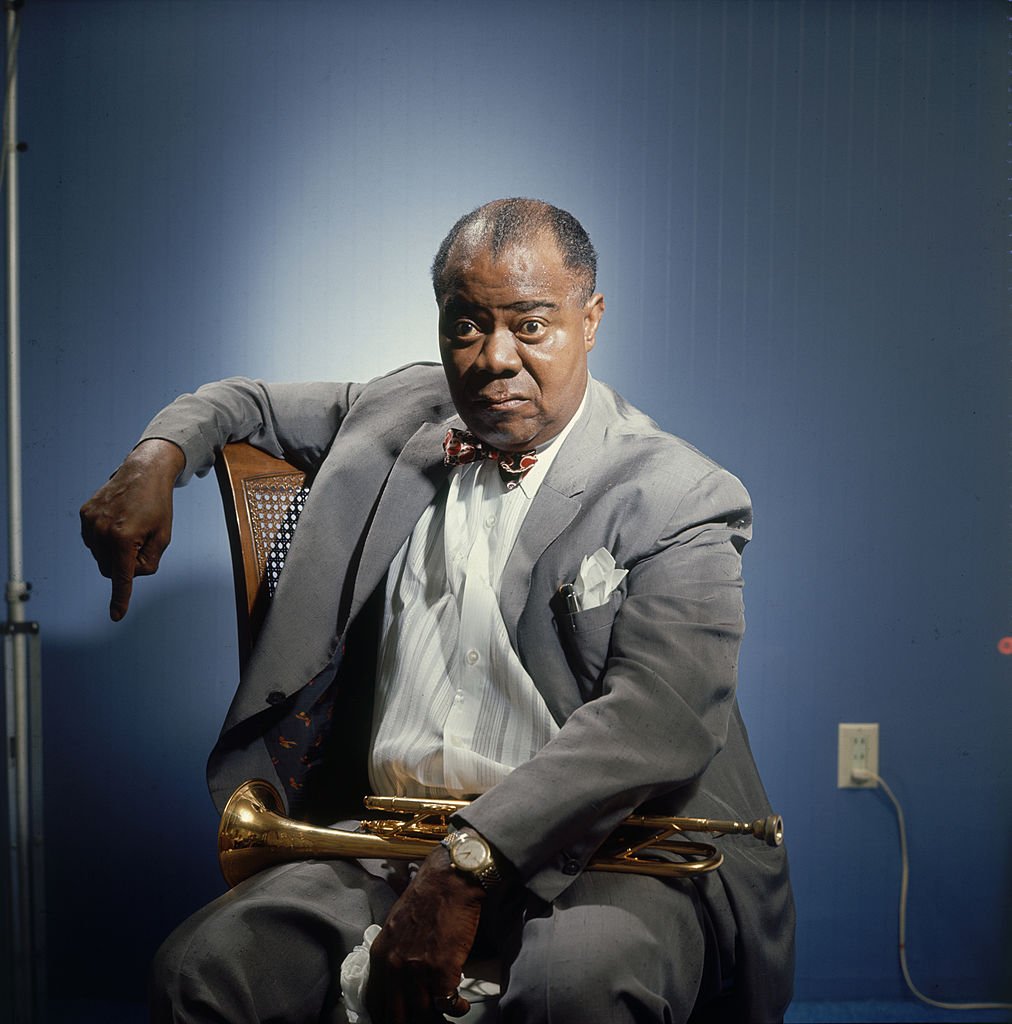The Fabulous Life of Louis Armstrong: Net Worth & Stardom

Louis Armstrong: A Legacy of Music and More Than Just Pennies
Alright, settle in, buttercups, because we're diving deep into the financial empire of the one and only Louis Armstrong! You know, the gravelly voice, the trumpet solos that could make the angels weep – but did you know about the money? Let's get real, even jazz legends gotta pay the bills, and Satchmo was no exception. We're talking about a serious legacy, and a serious chunk of change left behind. While pinning down an exact current net worth is tricky – considering he passed away in 1971 – we can piece together how he built his fortune and what that translates to in today’s dollars.
Satchmo's journey started in the heart of New Orleans, a city practically oozing music. He didn't exactly come from wealth; quite the opposite. But that didn't stop him from picking up a horn and blowing his way to the top.
The Early Hustle: New Orleans to Chicago
Armstrong's early income was pieced together from gigs around New Orleans. We're talking pennies here and there, playing in saloons and parades. It wasn’t glamorous, but it was the foundation. Then came the big break: an invitation to Chicago to join King Oliver's Creole Jazz Band in 1922. Suddenly, he was playing in a nationally renowned ensemble. While specific figures are scarce, we know this was a significant step up, providing a steady income and wider exposure.
The Roaring Twenties and Beyond: Hitting the Big Time
The late 1920s were a game-changer. Armstrong started recording under his own name, fronting his legendary Hot Five and Hot Seven groups. These recordings are pure gold, both musically and financially. They sold well at the time, and continue to generate royalties even now. Think of classics like "Heebie Jeebies," "Potato Head Blues," and "West End Blues." Each spin of those records puts a little something back in the Armstrong estate's pocket. Royalties, baby!
The 1930s and 40s saw Armstrong become a genuine star. He toured extensively, both domestically and internationally. He was a headliner, commanding significant fees for his performances. He also started appearing in films, further boosting his income and fame. Films like "Pennies from Heaven" (1936) showcased his talents to a wider audience and added another stream of revenue.
The Post-War Boom: Endorsements and Global Icon Status
The latter part of Armstrong's career was all about cementing his status as a global icon. His recording career continued strong, with hits like "What a Wonderful World" cementing his place in popular culture. He appeared on television, further expanding his reach. Crucially, he also started landing endorsement deals. While specifics are hard to come by, we know he endorsed various products, leveraging his image and fame for additional income.
Estimating the Numbers: A Modern Fortune
So, what does all this add up to in today's money? It's impossible to provide an exact figure. However, historians and financial experts estimate that Armstrong's earnings, combined with the continued royalties and the value of his estate, would likely translate to a multi-million dollar fortune today. We’re talking serious coin, darling.
And let's not forget the intangible value of his legacy. His music continues to inspire and influence generations of musicians. His recordings are constantly being reissued and sampled, generating even more income for his estate. He is, in essence, a timeless investment.
Body and Style: More Than Just Music
Now, let’s talk about the man himself. Louis Armstrong stood at approximately 5’6” (168 cm). While not towering, his presence was undeniable. He maintained a fairly consistent weight throughout his career, hovering around 190-200 pounds (86-91 kg). While he wasn't known for a chiseled physique, his powerful lungs and dedication to his craft kept him in shape enough to deliver those incredible trumpet solos night after night. Let's be honest, blowing a trumpet like that takes some serious stamina!
His iconic physical traits? That raspy voice, those expressive eyes, and that ever-present handkerchief. He wasn't conventionally handsome in the Hollywood sense, but he had an undeniable charisma that captivated audiences.
Grooming and Red Carpet Looks
Armstrong wasn't overly concerned with elaborate grooming rituals. He was a working musician, first and foremost. However, he always presented himself with a certain dignity and class. His hair was typically neatly combed, and he favored tailored suits and ties for public appearances. Think classic, timeless elegance.
On the red carpet (or whatever passed for it in his era), Armstrong opted for sophisticated looks. Dark suits, often with pinstripes, were a staple. He knew how to command attention without being flashy. He understood the power of understated style.
Dating History and Family Life
Armstrong's personal life was as colorful as his music. He was married four times. His final marriage, to Lucille Wilson, lasted from 1942 until his death in 1971. Lucille was a constant presence in his life, providing him with love and support throughout his later years. While he didn't have any biological children, he considered himself a father figure to many young musicians.
Rumors of other romances? Of course! He was a charismatic and successful performer, and it’s only natural that he attracted attention. But he remained devoted to Lucille.
Armstrong’s grooming regimen was simple yet effective. He favored a clean-shaven look, occasionally sporting a neatly trimmed mustache. He understood the importance of presenting a polished image, both on and off stage.
His sartorial choices reflected his personality: confident, classic, and undeniably cool. He favored tailored suits in dark colors, often paired with crisp white shirts and silk ties. These ensembles showcased his physique and commanded attention without being ostentatious.
While Armstrong wasn’t known for rigorous workout routines, his demanding performance schedule kept him physically fit. Playing the trumpet with the intensity he brought to it required significant lung capacity and stamina. His musical instrument was his gym!
Louis Armstrong wasn’t just a musician; he was an icon. He left behind a legacy of musical genius, personal style, and financial savvy. He proved that talent, hard work, and a touch of charisma can take you from the streets of New Orleans to the world stage – and leave a lasting fortune behind.
Armstrong's story is a reminder that success comes in many forms. It's not just about the money, although that certainly helps. It's about the impact you have on the world, the art you create, and the legacy you leave behind. And in that regard, Louis Armstrong was richer than anyone could ever imagine.








Related Celebrities
- Holly Murray Makeup
- Earl Lustgarten
- Bhumi Pednekar
- Rampage Jackson
- Falling In Reverse
- Garik And Britney
- Daimee Charisma
- Paris Berelc
- Ken Block
- Gennady Golovkin
- Elise Hu
- Rod Wave
- Zachirific Forbes
- Red Clay Strays
- Katie Britt
- Elliana Walmsley
- Emeraude Toubia
- Natti Natasha
- Jinger Vuolo
- Aristotle Investments
